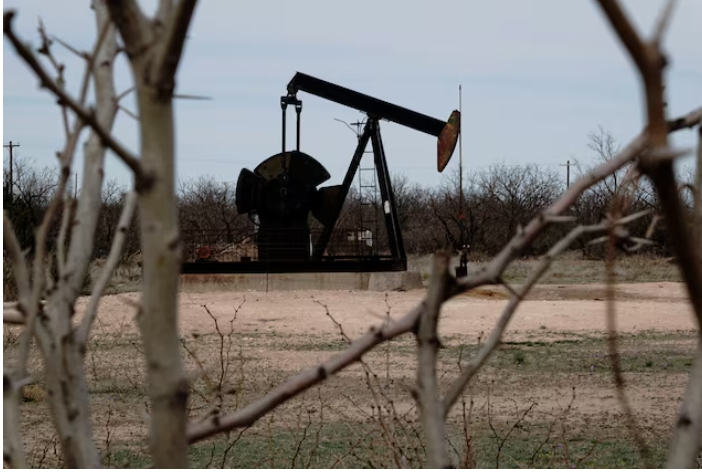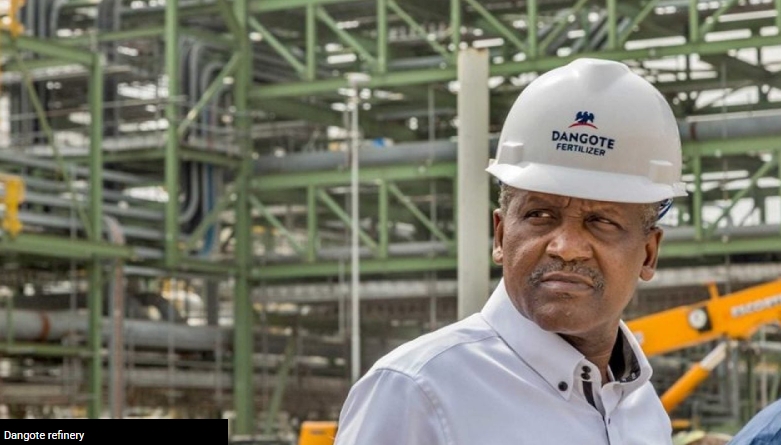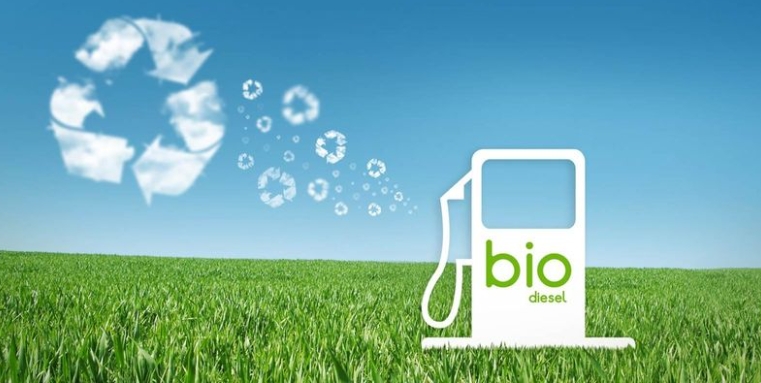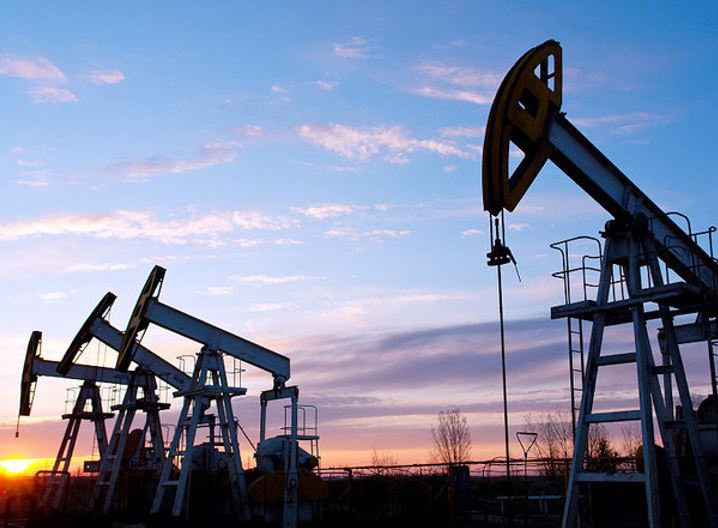Currently 40 percent of Minnesota’s energy output is consumed by our building sector— given our cold winters and hot summers, it’s not hard to see why. But to meet ambitious carbon reduction goals, our state needs better energy efficiency across our buildings and places of residence.
Retrofitting existing buildings and homes to maximize energy savings is a solid start. In 2013 and 2014—the very same years we saw the last polar vortex—our state’s Conservation Improvement Program achieved electric and natural gas savings equaling approximately 1.7 million tons of avoided CO2 emissions. Better yet, these massive savings occurred completely through energy efficiency improvements to existing buildings. And it’s cost-effective: a recent study on the economic impact of utility savings programs found that for every dollar invested, energy efficiency programs provide $4 to $4.30 in energy savings, environmental benefits, and new economic activity for Minnesota.
small amounts of renewable electricity.
We are also working to ensure that Minnesota has a strong building energy code, which sets the minimum efficiency required in any new home or commercial building.
The technology for energy-efficient and cost-effective construction is here and it’s time to deploy it at scale. Considering the huge expense of adding a new power plant to the grid or increasing natural gas capacity infrastructure, forward-thinking building codes and retrofit programs are a much more effective way to increase reliability of our existing utility systems.
Ultra-efficient homes and buildings are possible. Fresh Energy will be working this year to advocate for updates to the building code and to ensure energy efficiency programs work for all Minnesotans.







